182 volunteers + 6,142 hours of service = patched roofs, new stairs and ramps, reinforced windows, and 14 happy homeowners. Between Memorial Day and the end of August, the Mission welcomed 182 volunteers from across the country to take part in our housing rehabilitation program. Together those volunteers helped fix up 14 homes in the Downeast area as well as two buildings of community partner organizations. Because of the work done by the volunteers, ten of those houses can now be weatherized by Downeast Community Partners, helping the homeowners weather the brutal Maine winters for years to come.
“The partnership between Downeast Community Partners and Maine Seacoast Mission represents the mutual commitment to serve and enable homeowners in Washington County to receive critical home repairs and weatherization and to safely remain in their homes. It also demonstrates the strength of partnerships and the ability to braid funding sources to achieve these outcomes by leveraging Department of Energy funds and private donor funds; supporting dedicated staff and volunteers – all of which yields households that are now safe and warm,” Downeast Community Partners’ Executive Director Rebecca Palmer noted.
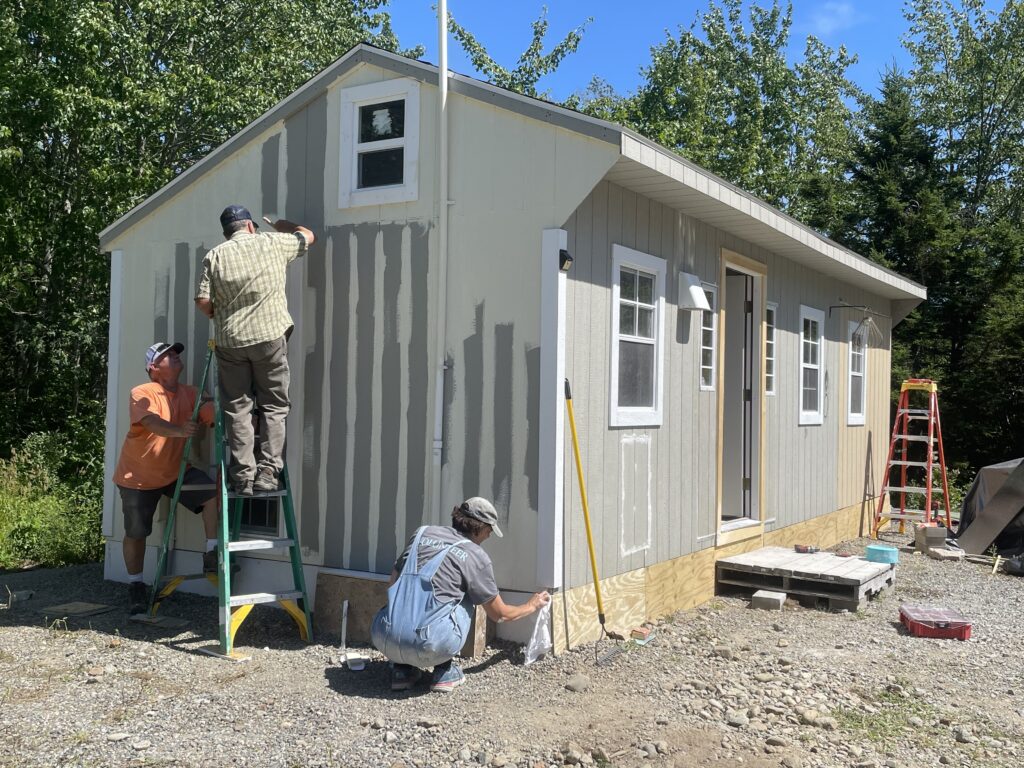
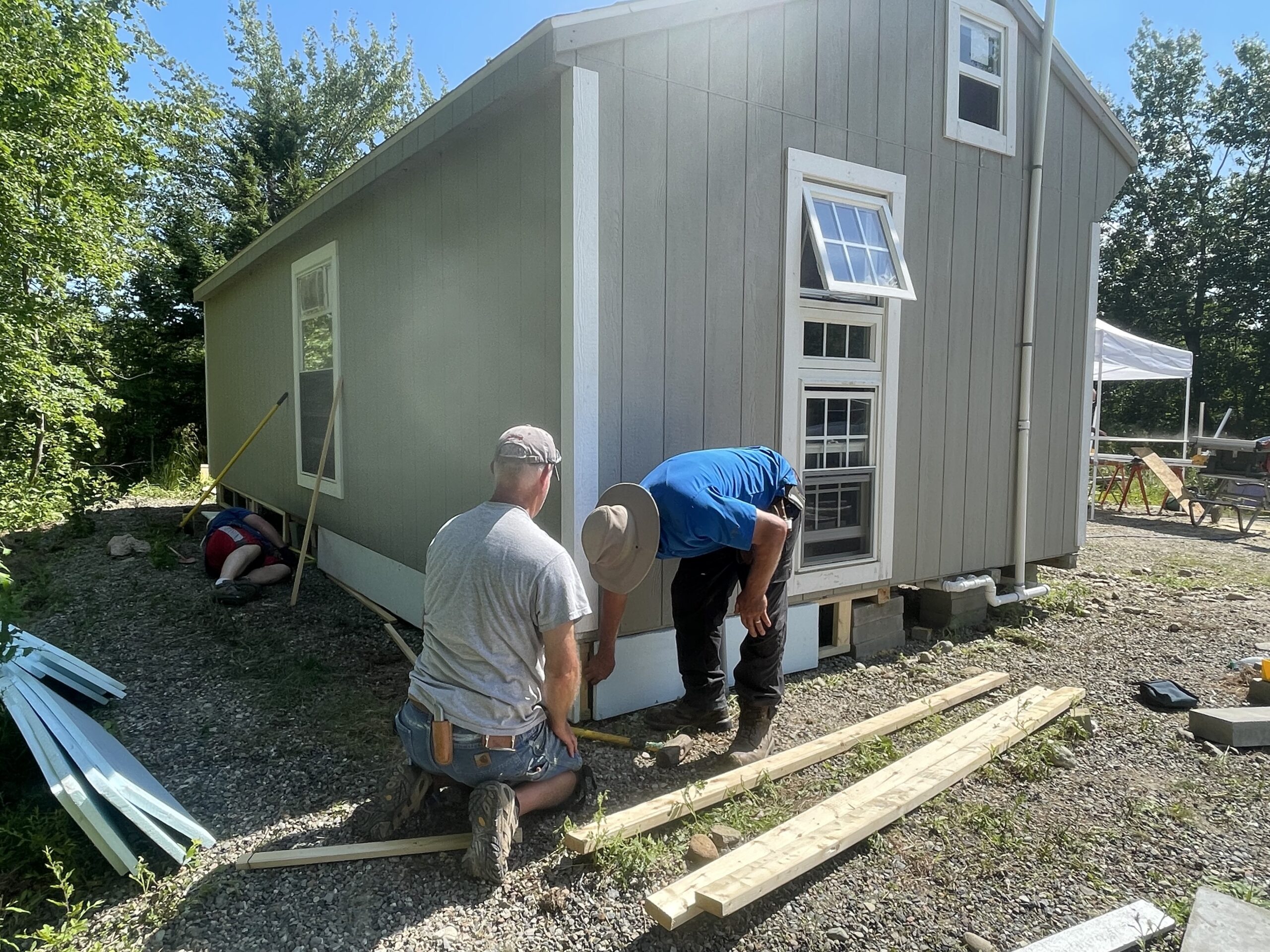
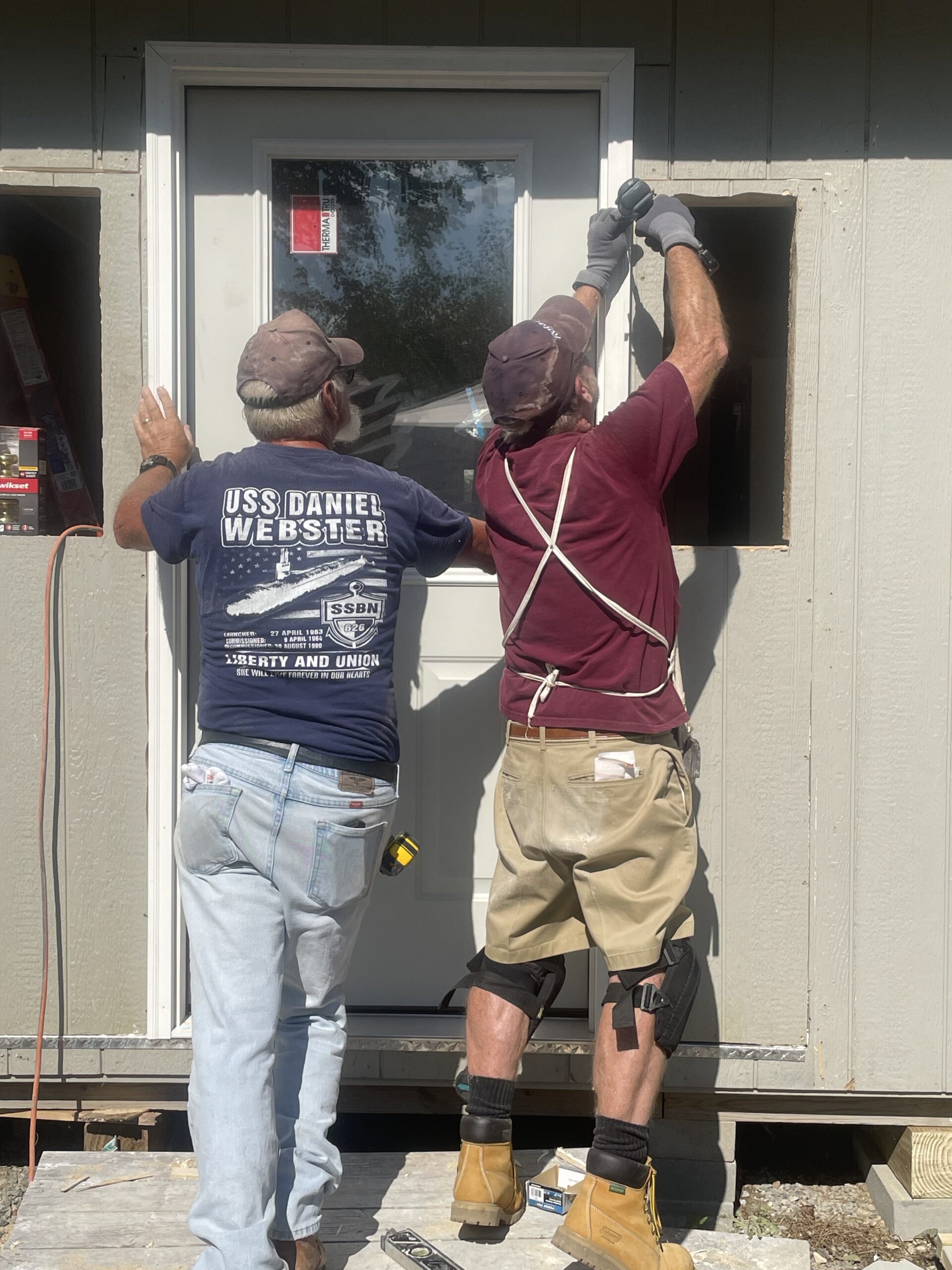
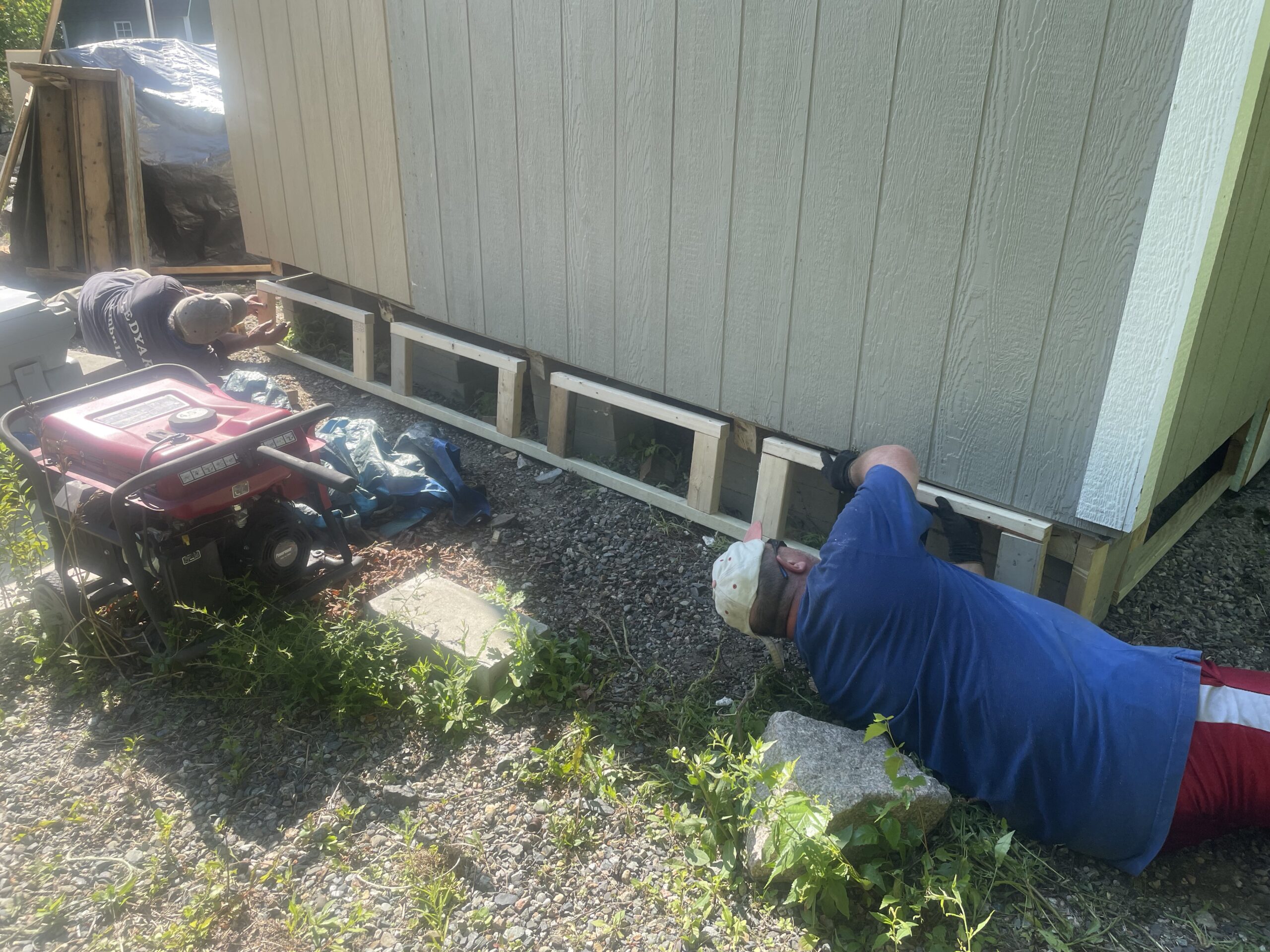
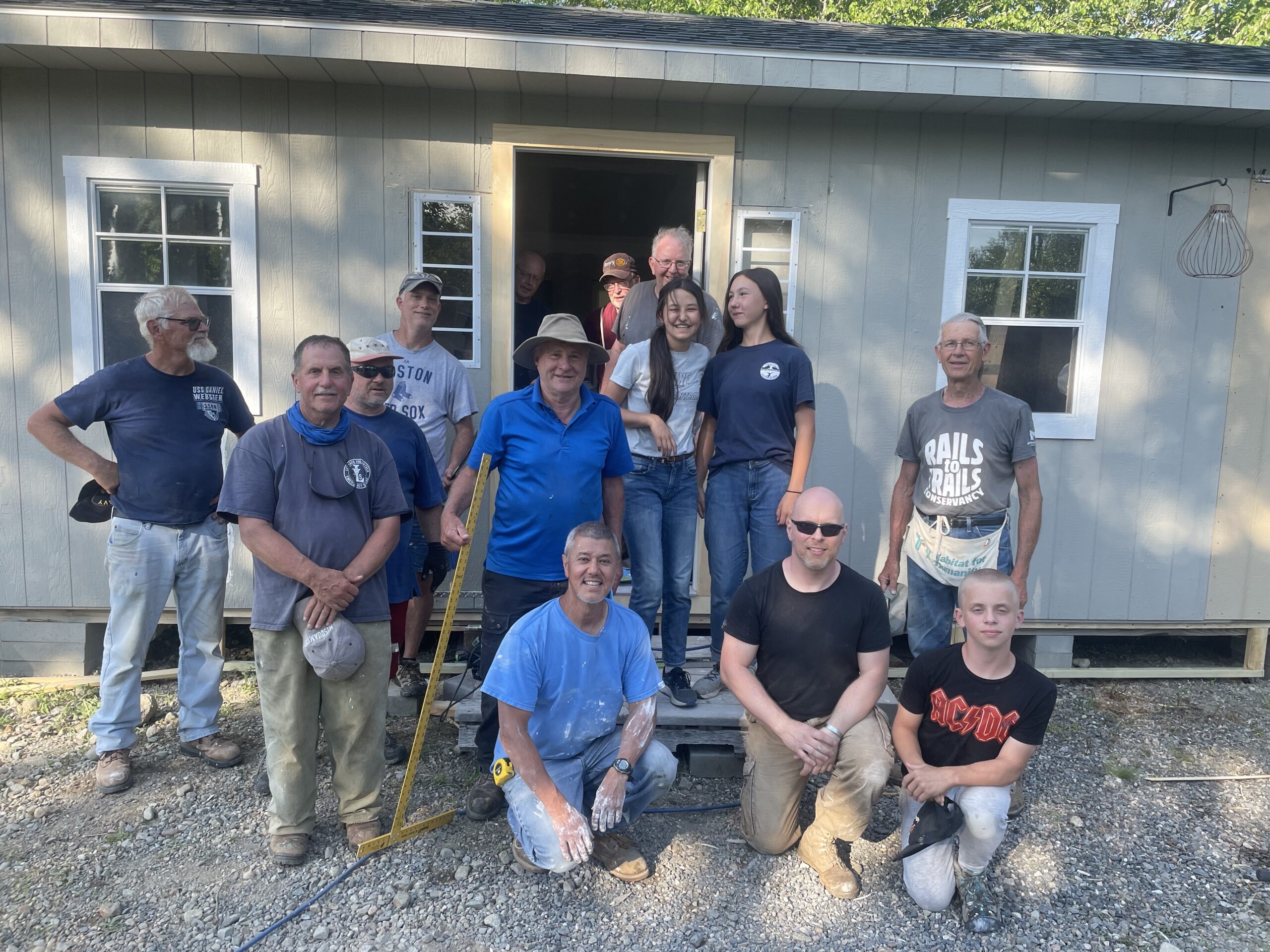
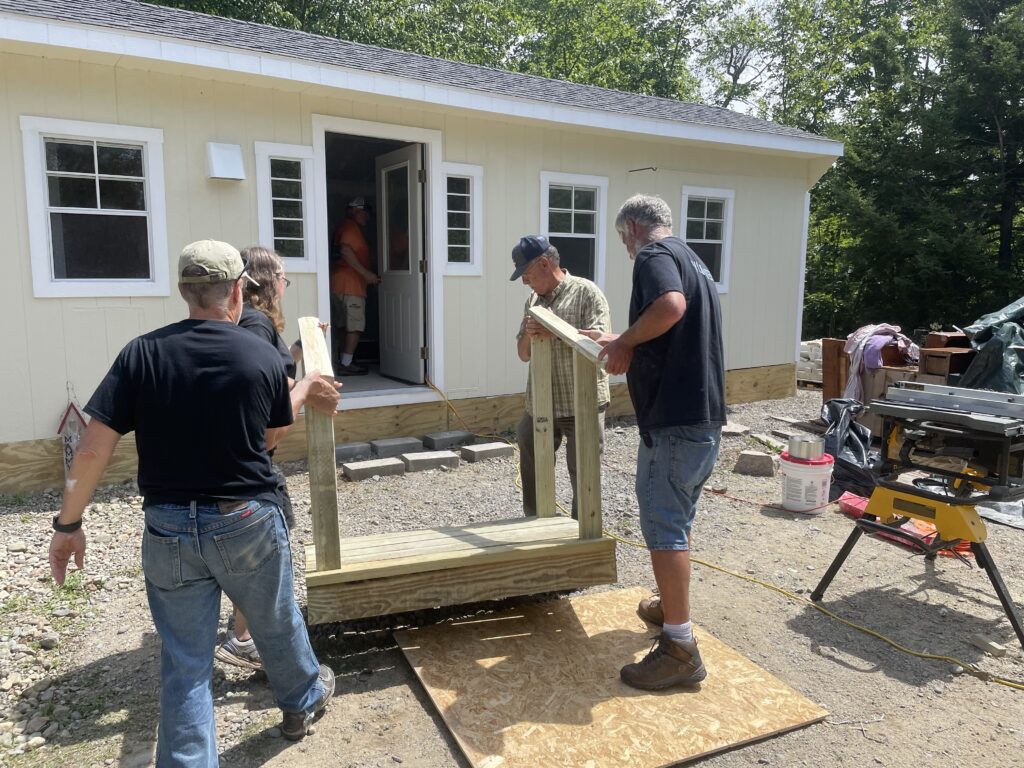
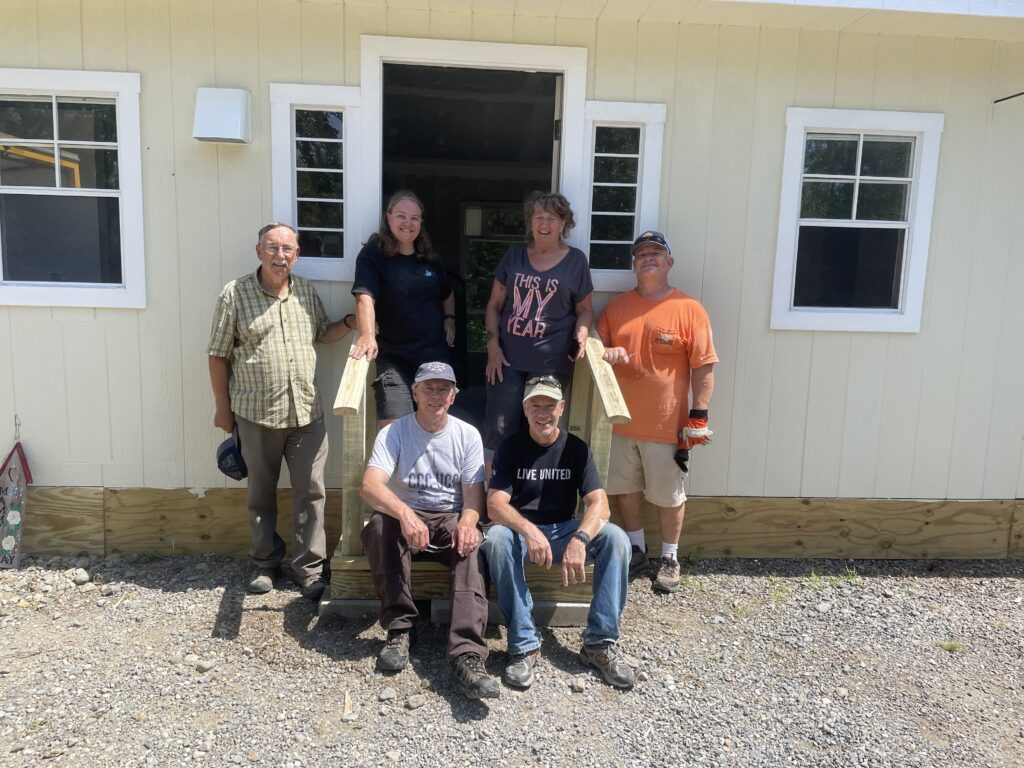
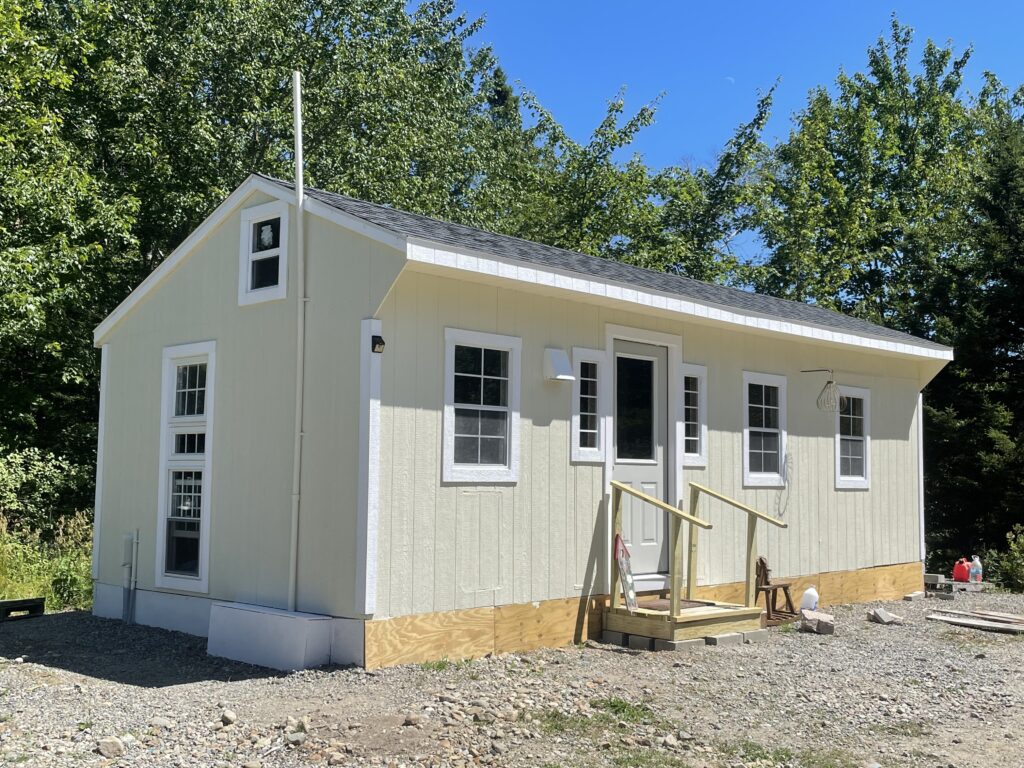
The housing rehab process starts in February when people can apply for the program. 50 to 100 people apply every year and Scott Shaw, Housing Rehabilitation Manager, along with a staff member of DCP, visits every house. Because so many of the volunteers have been coming for years, Scott has much of his house visits down to a science. “When deciding what homes could benefit from housing rehab, we identify the problems and then match those to volunteers that we know. Then we can have the biggest impact possible,” Scott says, “We first started doing Band-Aid projects but now we are able to look at the whole house.”
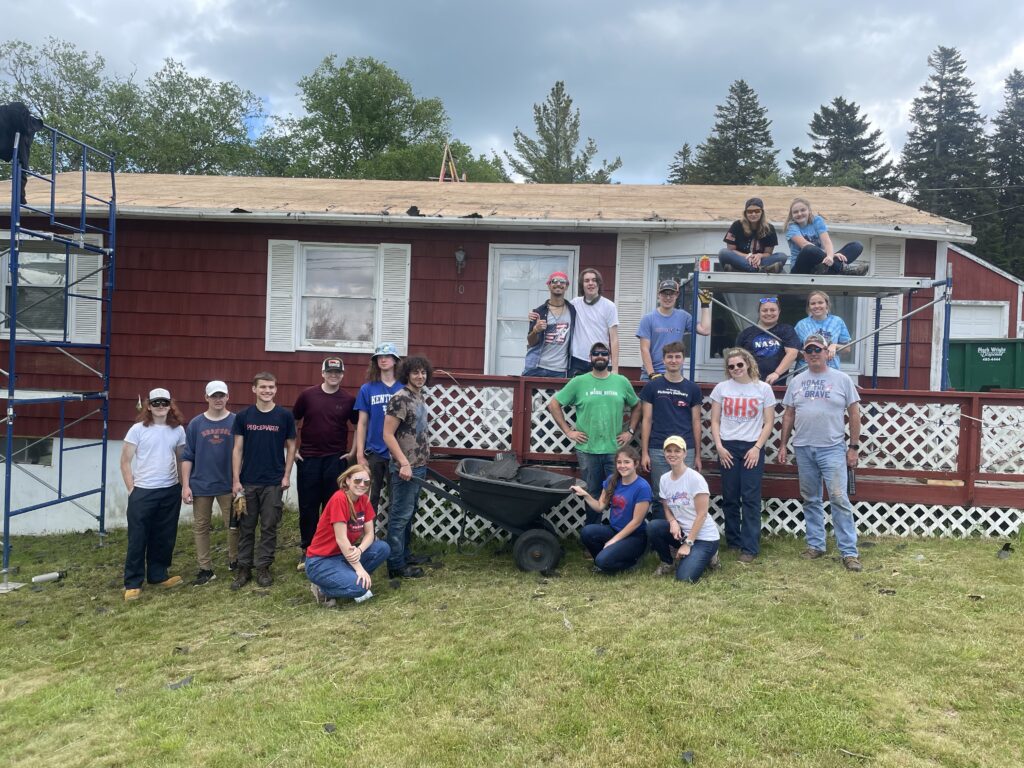
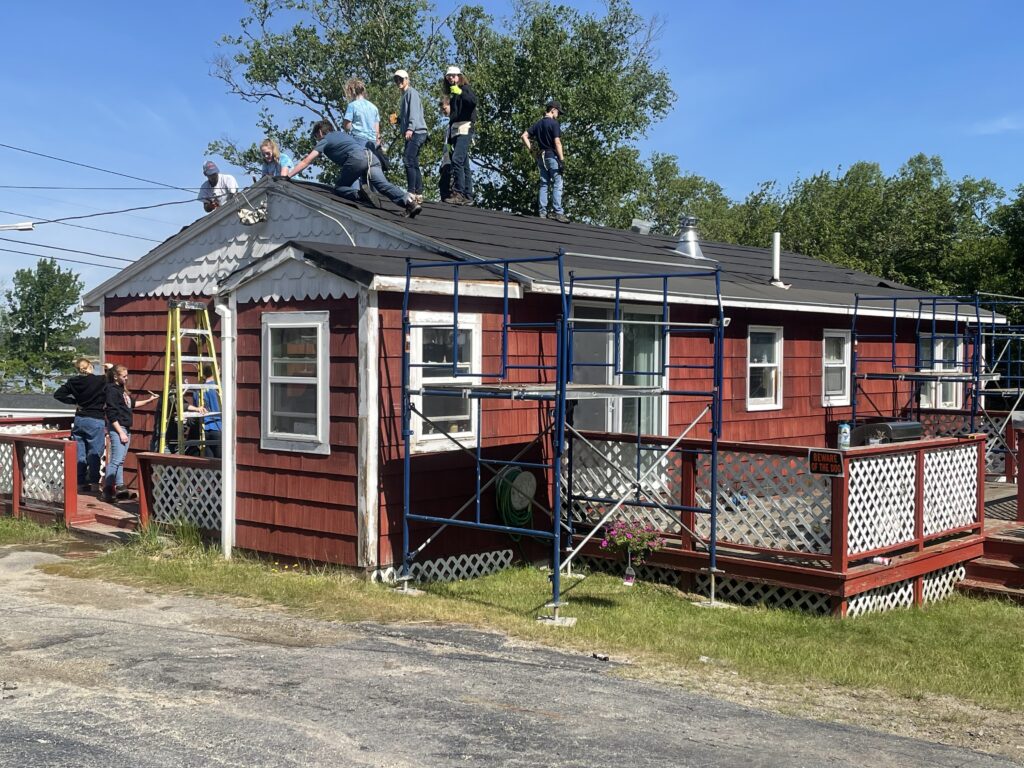
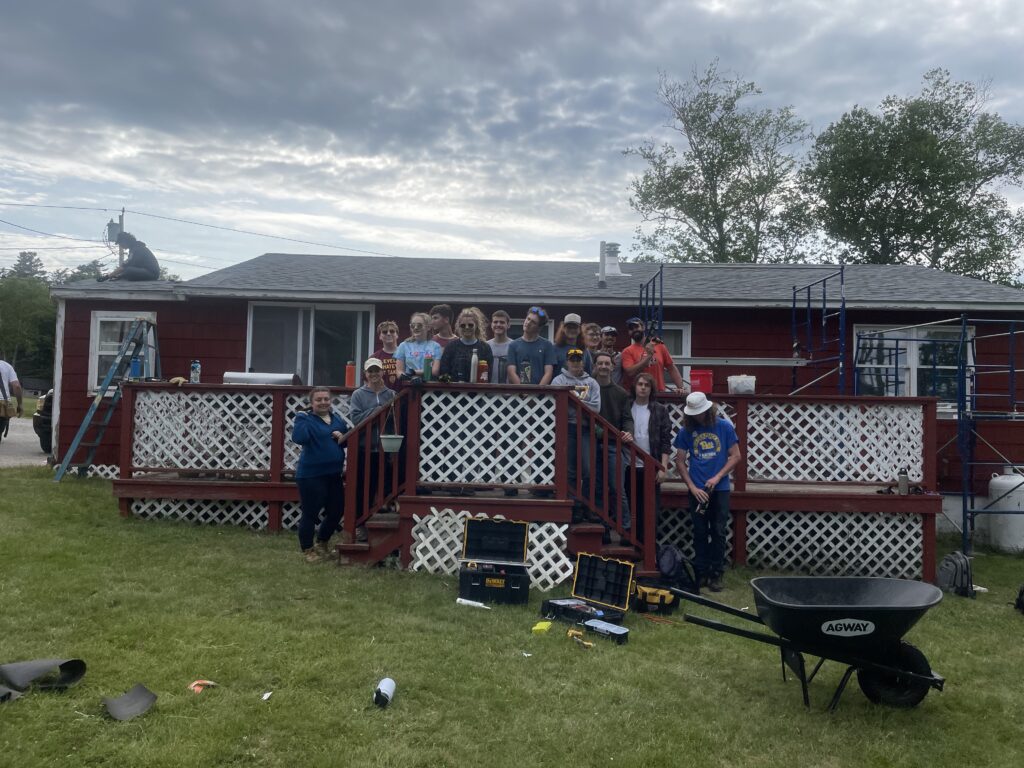
Because of the strong partnerships Scott has built with both volunteers and community organizations, the program has grown tremendously in the twenty years since it started in 2003. Many volunteer groups have been coming for years and they have deep connections within the community. During their time in Cherryfield, the volunteers stay the Mission’s Weald Bethel Community center as well as at the local American Legion Hall, and the Cherryfield Academy Community Center and sometimes shower at the local fire station.
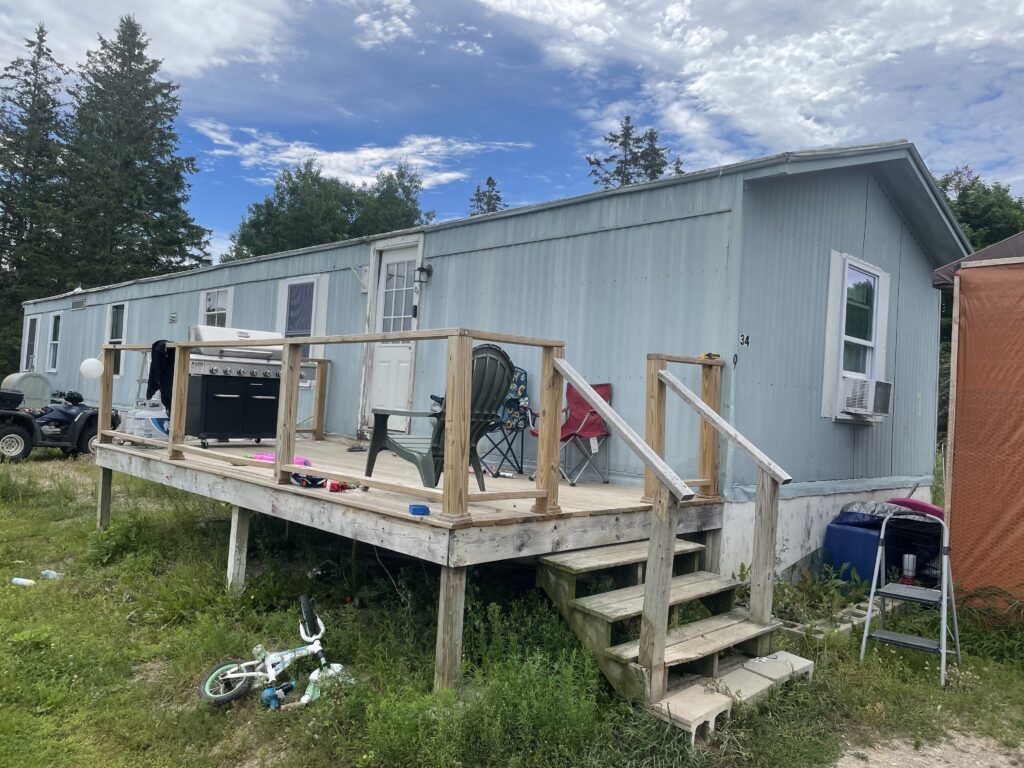
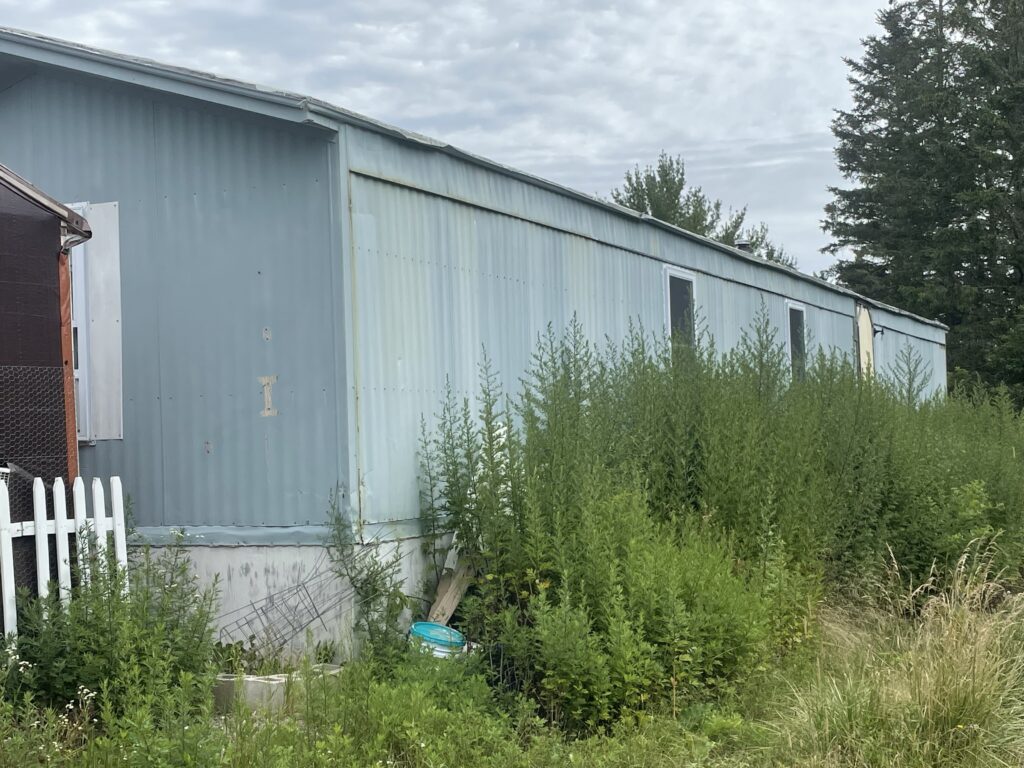

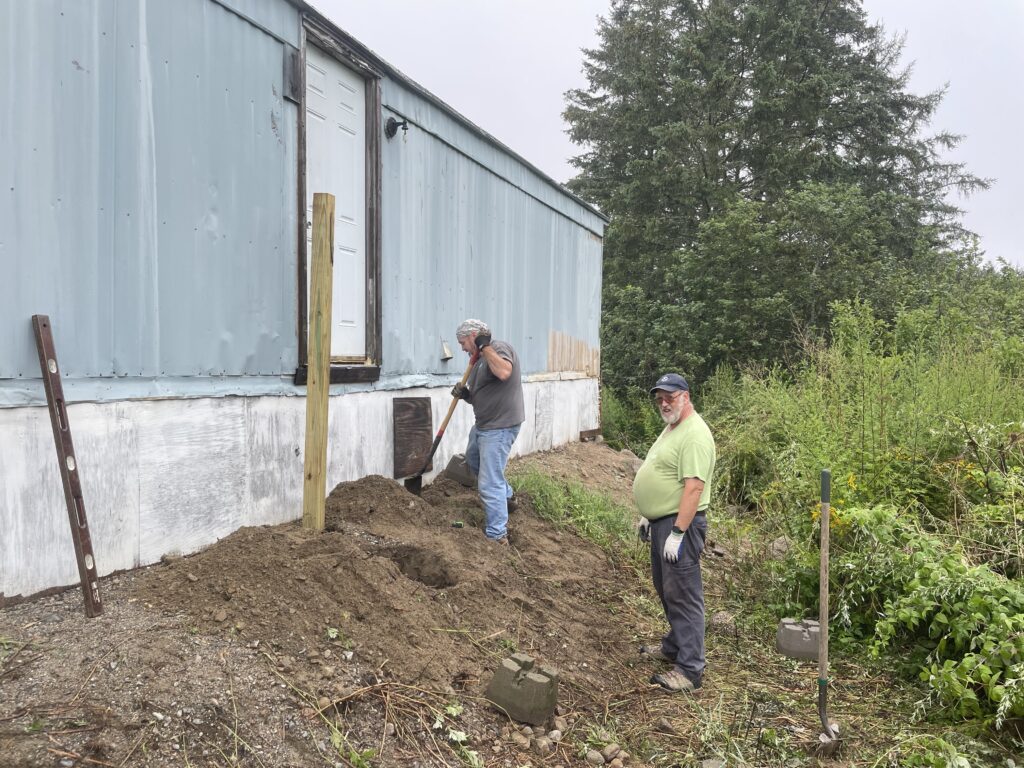
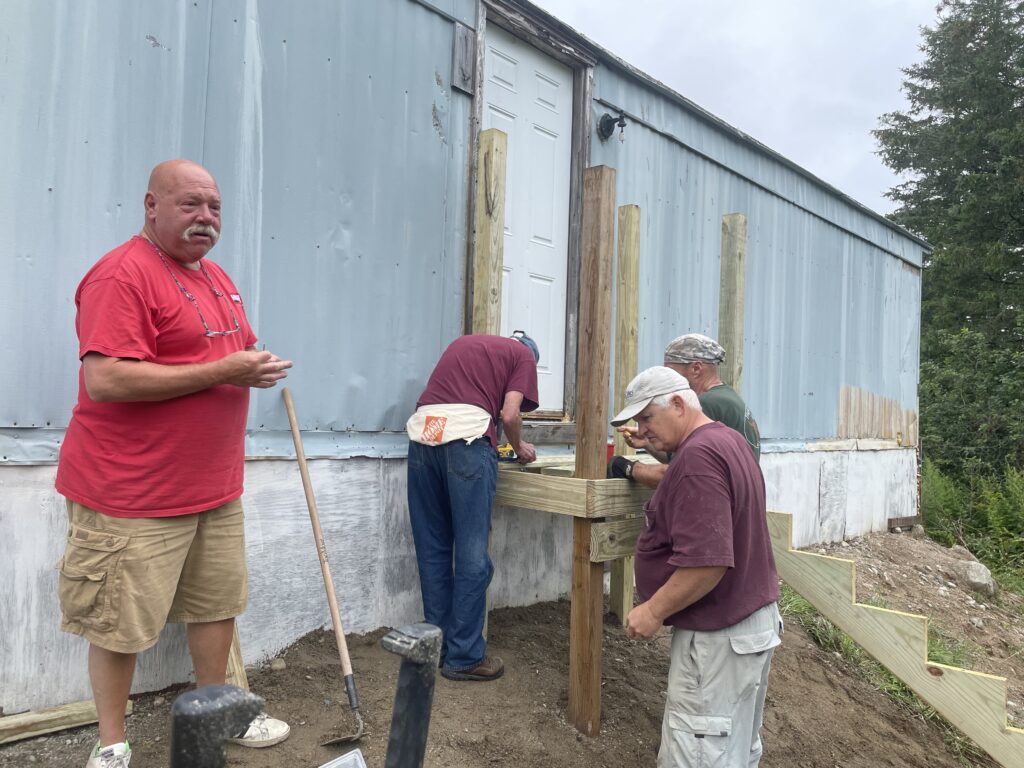
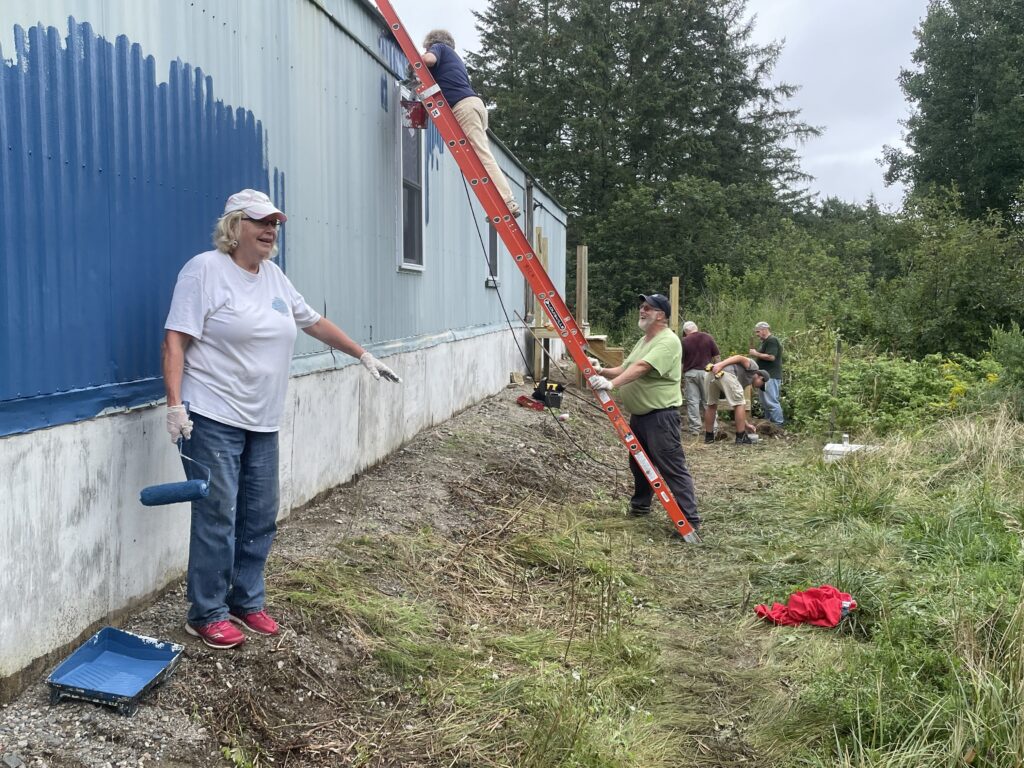
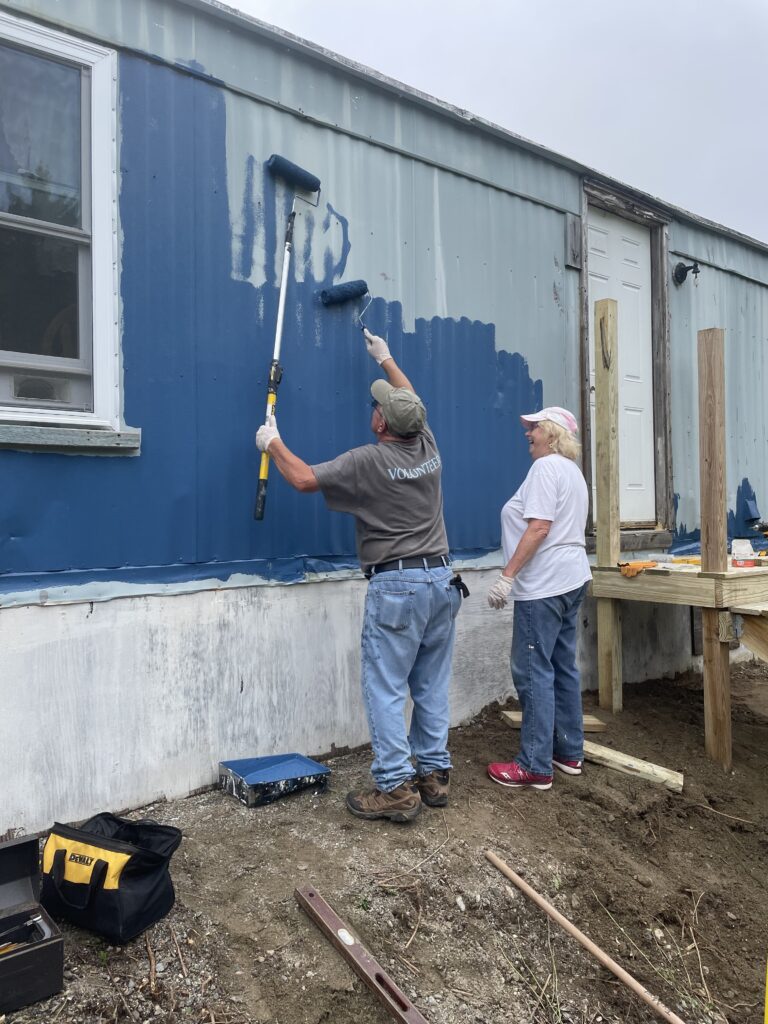
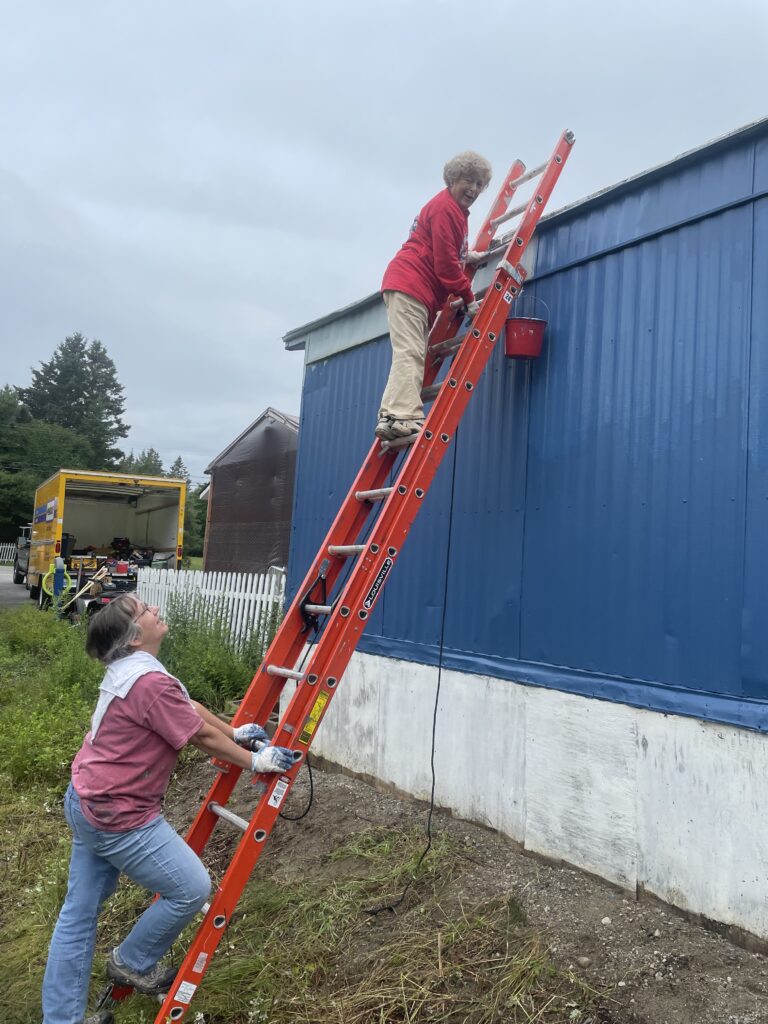
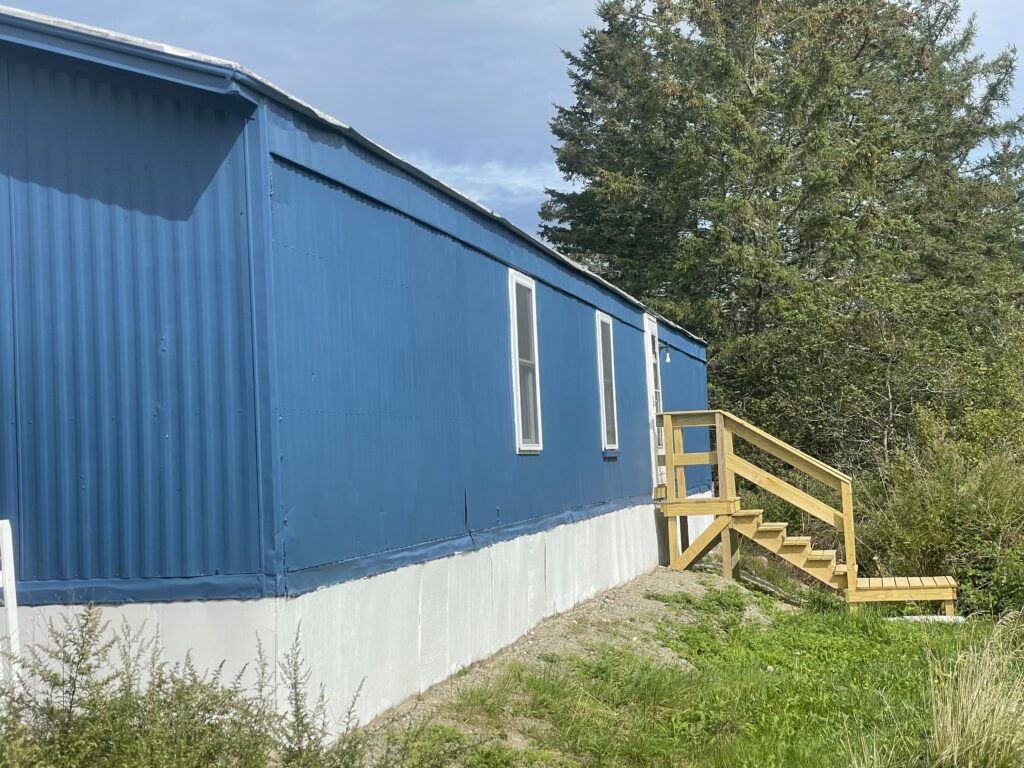
For the past two years, the program has run on a “friends and family” model, meaning recipients’ friends and family helped do the repairs or in other cases, the Mission helped cover the cost of materials if the person could afford a contractor to do the work. Now that volunteers could come back this year, Scott hopes that the number of volunteers will rebound to pre-pandemic levels.
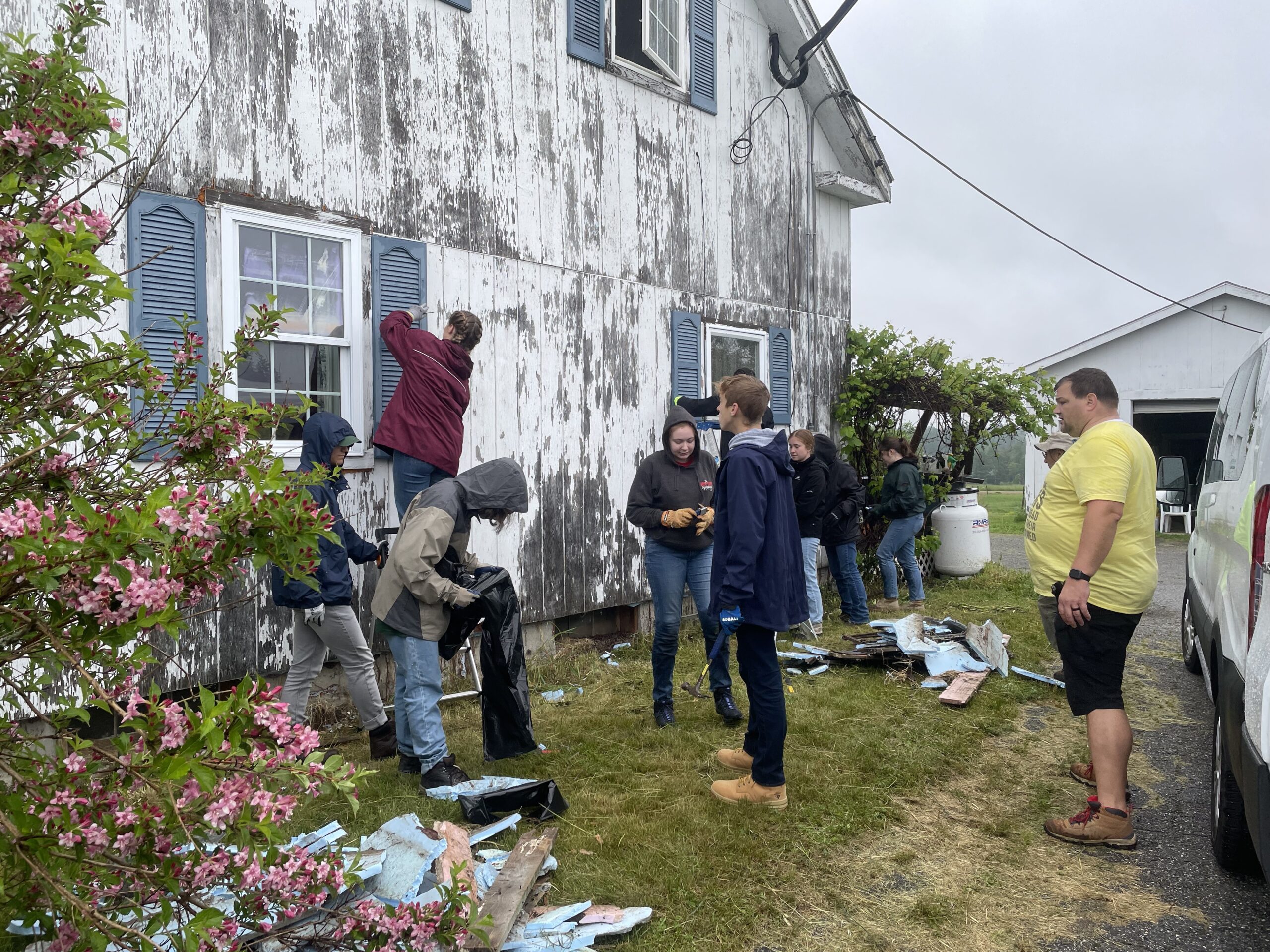
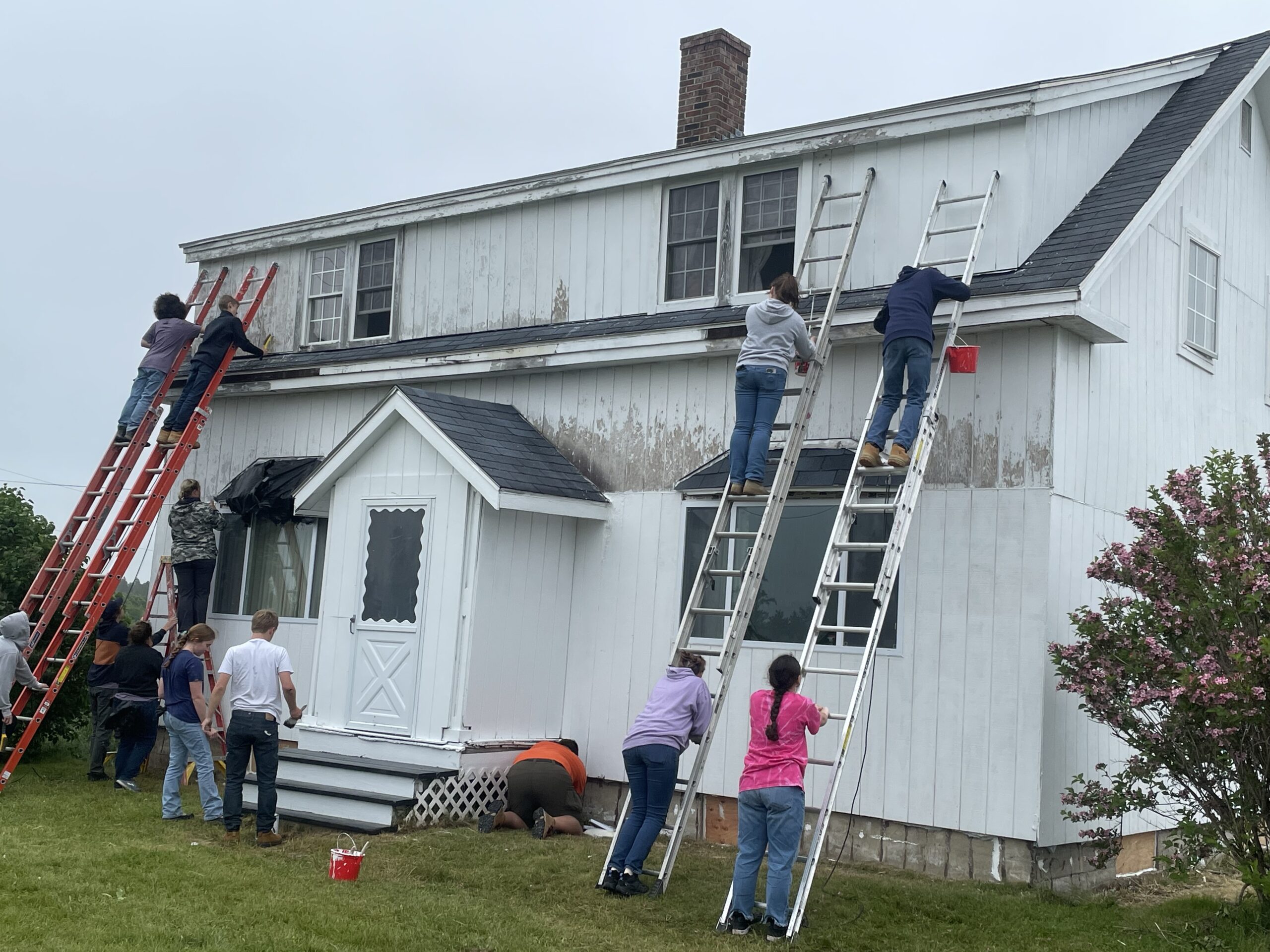
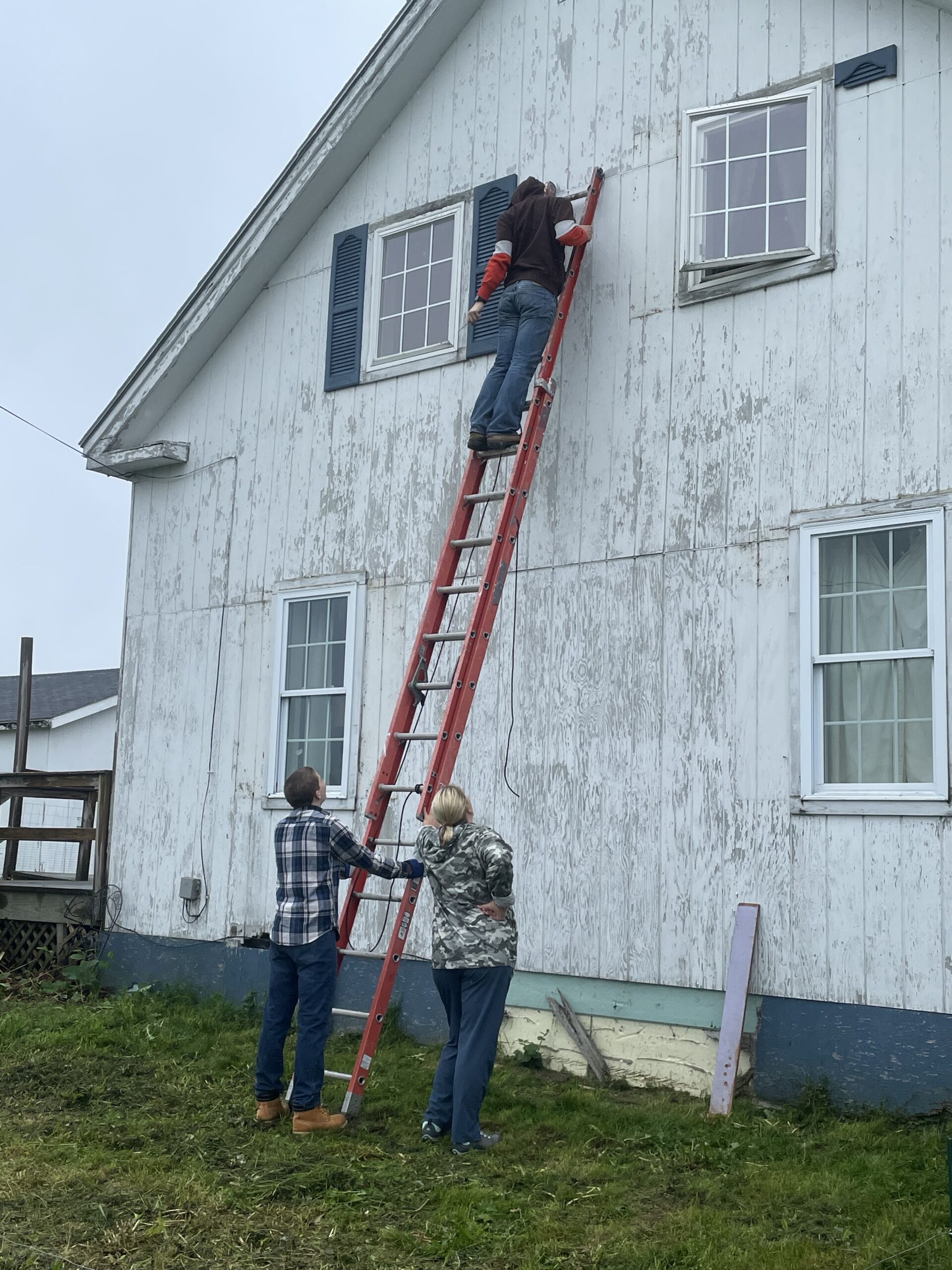
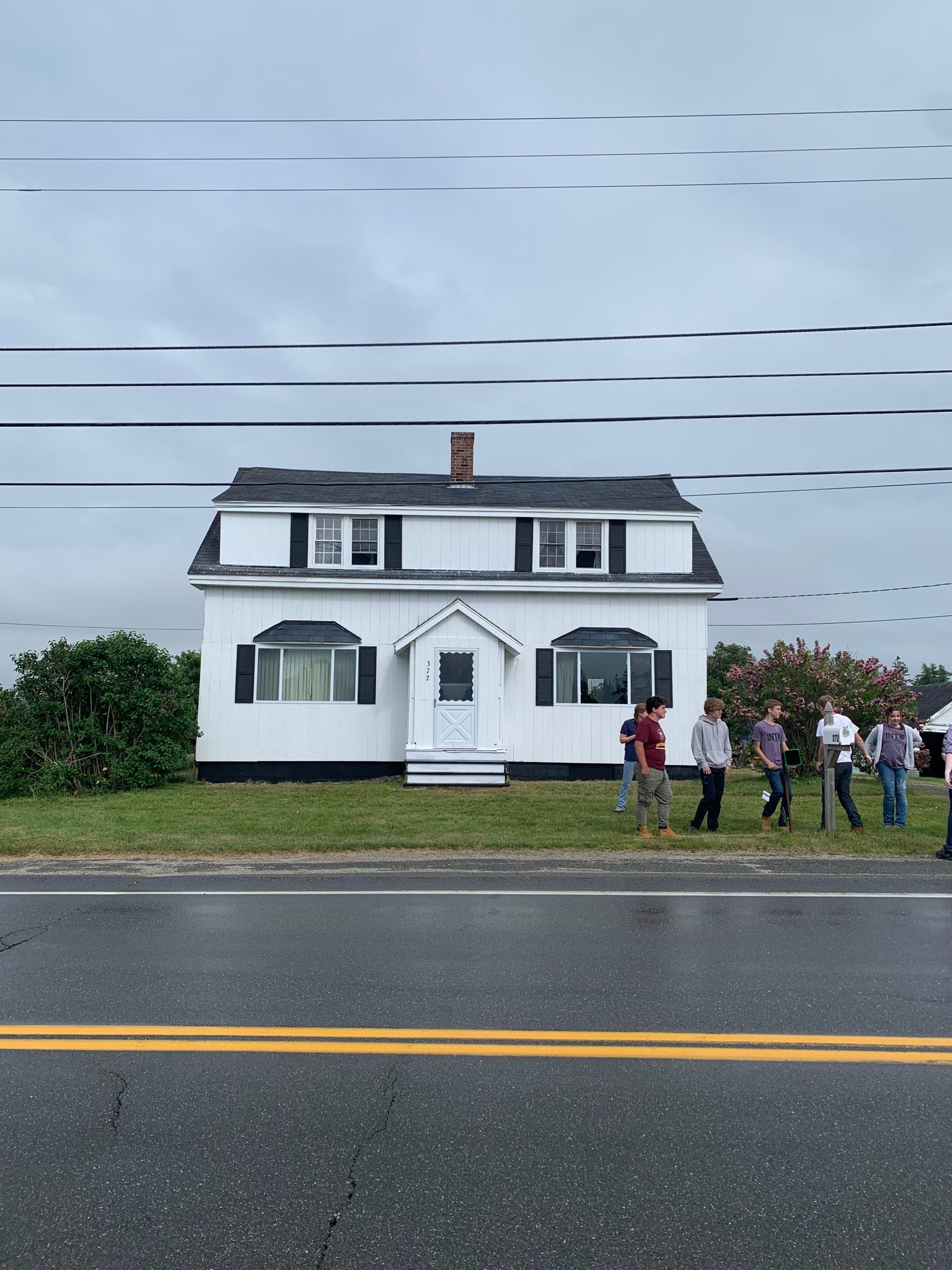
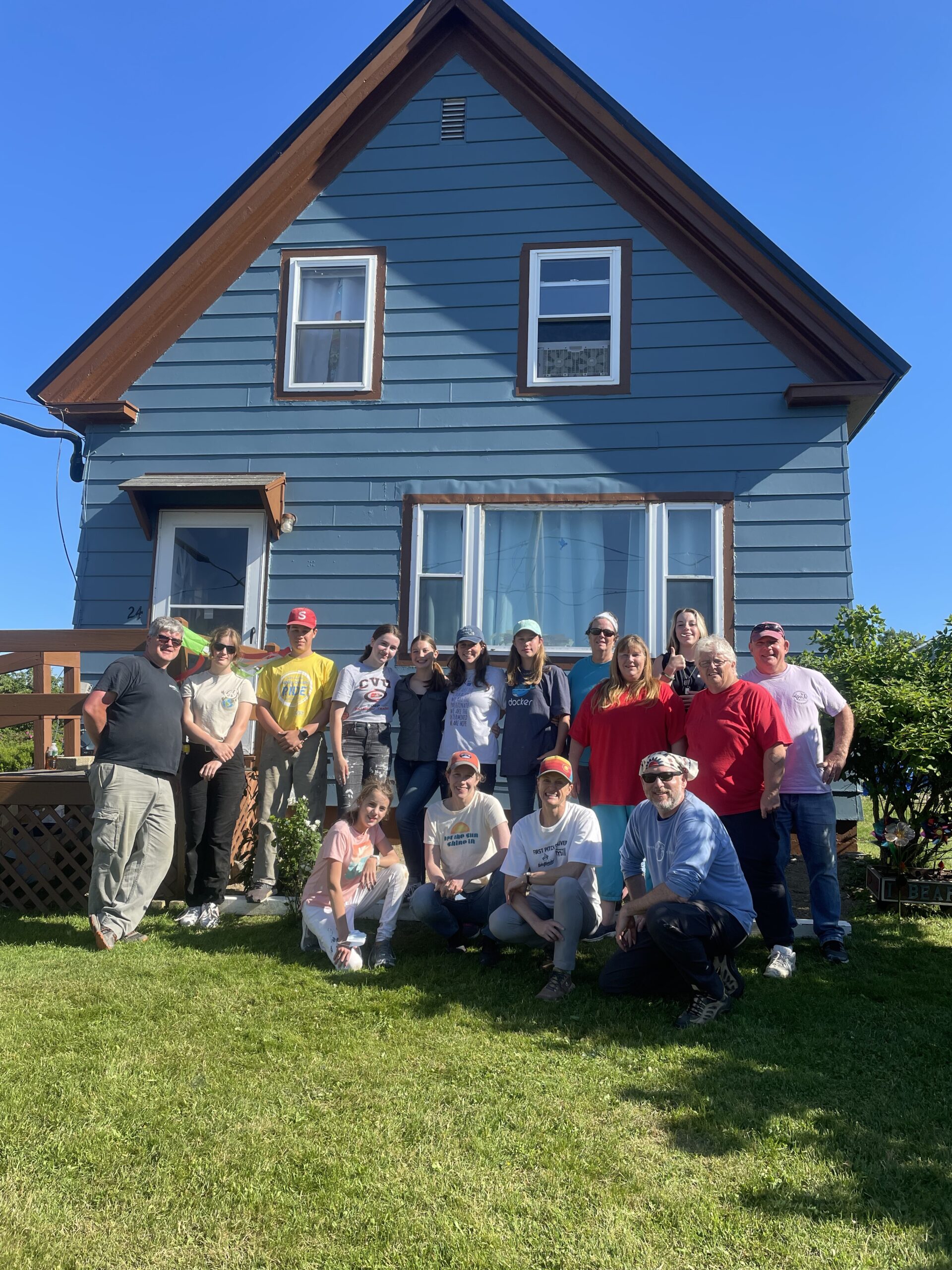
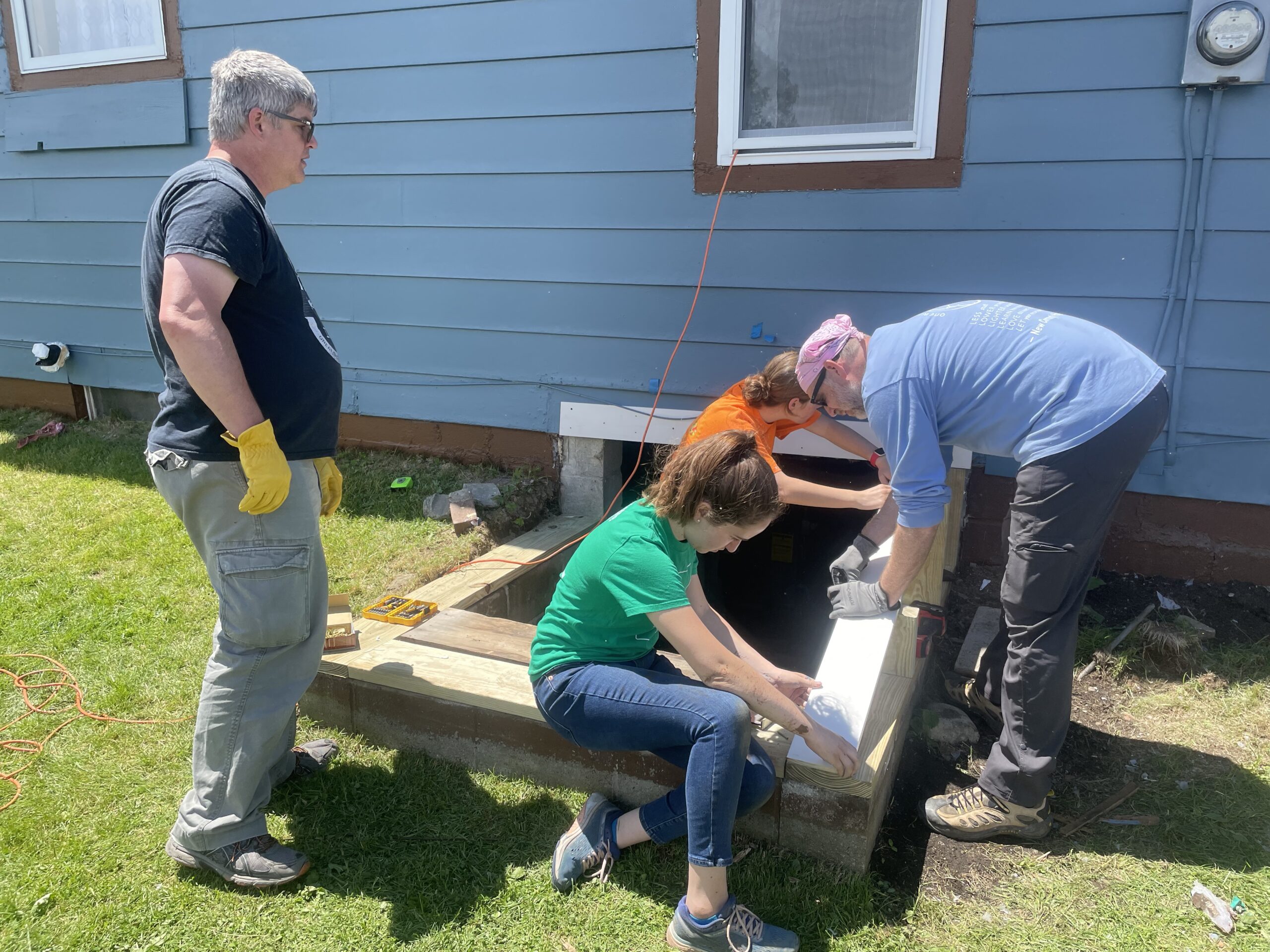
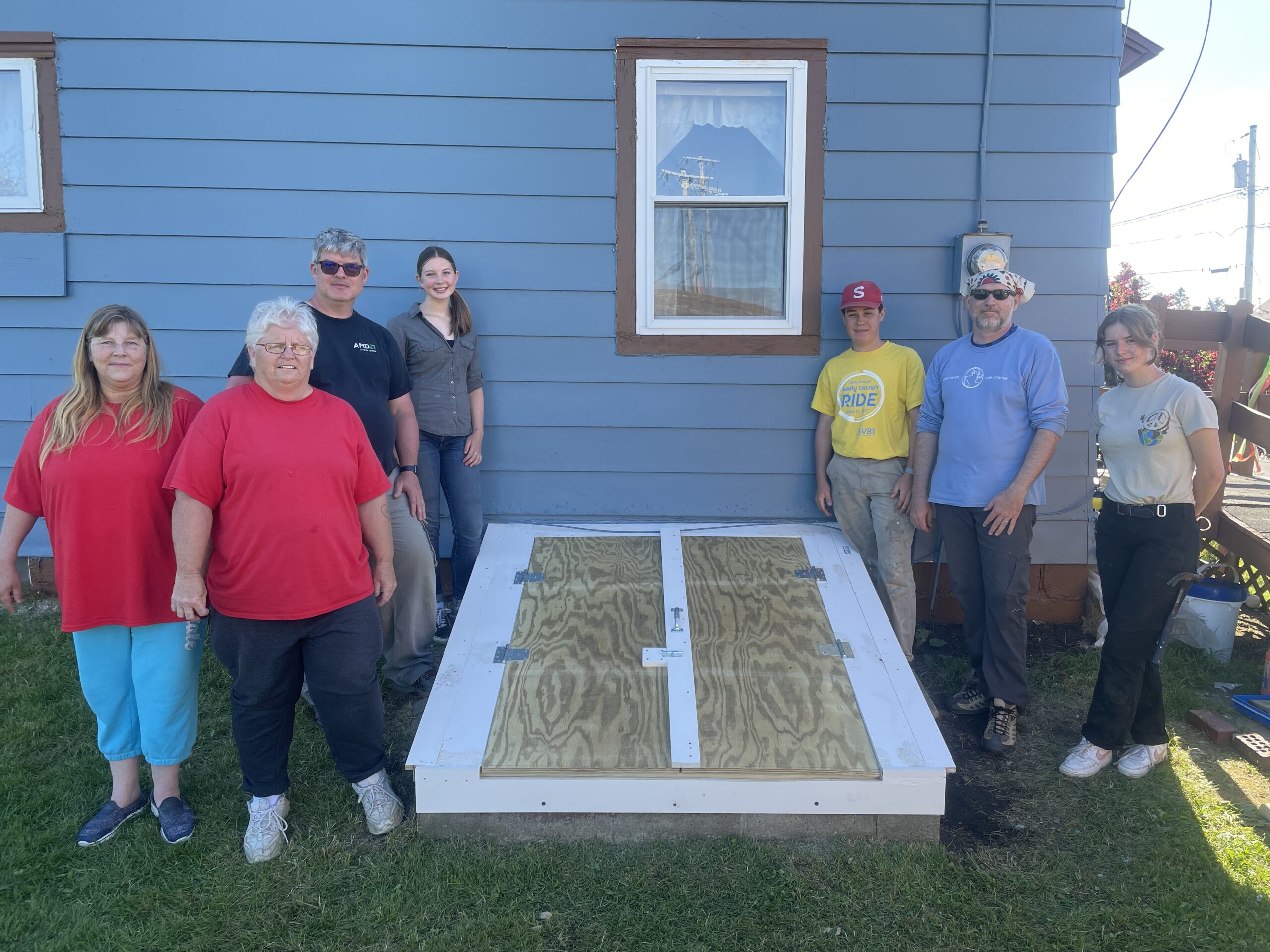
Learn more about the Mission’s Housing Rehabilitation program and the work it does.
